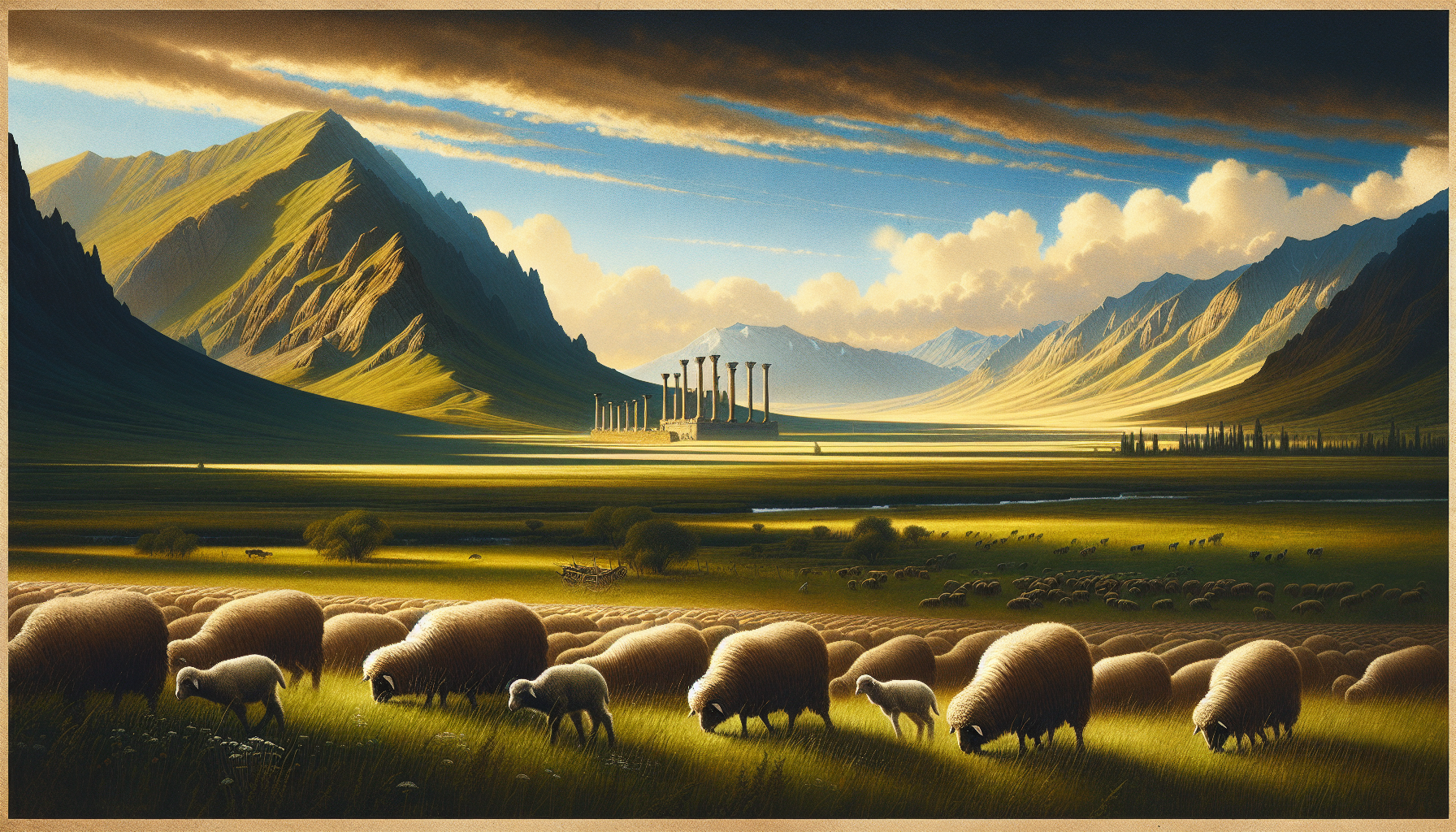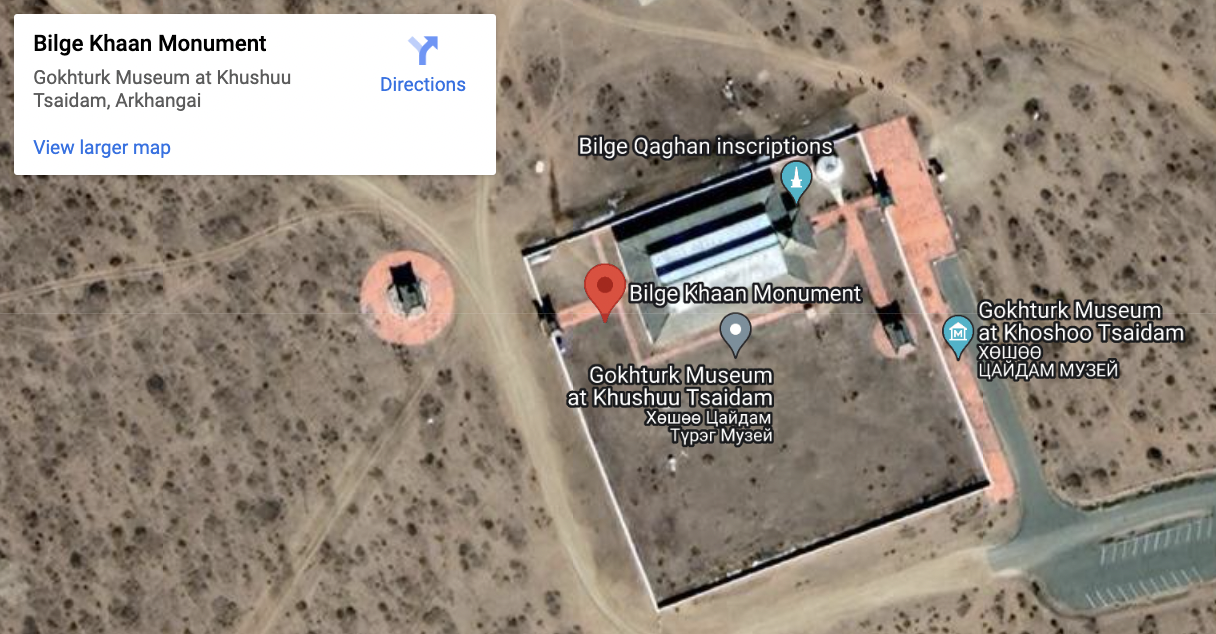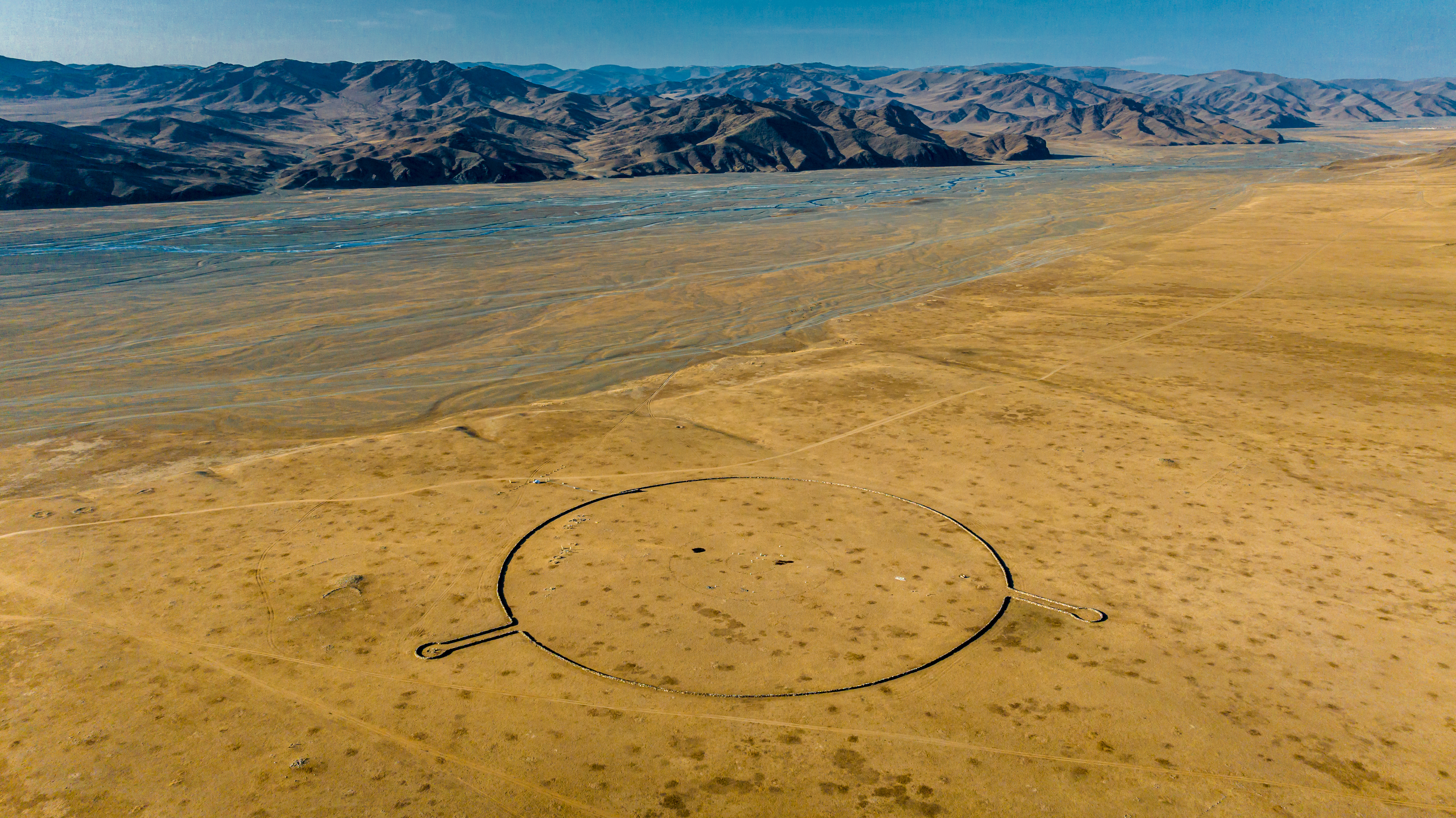Request A Car Rental
Travelling to Mongolia and need a car rental plus extra equipments?
Exploring Turkish Historic Sights in Mongolia – A Journey Through Time
Embark on a historical journey through Mongolia’s Turkish heritage, where ancient monuments and inscriptions stand as a testament to a vibrant cultural legacy. From the UNESCO heritage sites in the Orkhon Valley to the bilig stones echoing Turkic wisdom, uncover how these Turkish historic sights in Mongolia capture a fusion of traditions that has shaped the nation’s cultural landscape.
Key Takeaways
- The Turkic legacy in Mongolia is richly represented in monuments like the Orkhon Valley inscriptions, which are UNESCO-protected sites testifying to a history of nomadic pastoralism and the cultural impact of Turkic peoples in the region.
- Ancient artifacts such as deer stones and rock carvings detail the social structure, spiritual beliefs, and daily lives of the Turkic people, while Kultegin’s Monument and other architectural remains highlight the era’s significant advancements and influences.
- UNESCO plays a crucial role in the conservation of Mongolian Turkic heritage, recognizing and protecting these historical sites which offer a wealth of educational and experiential opportunities for tourists, scholars, and visual storytellers.
Tracing the Turkic Legacy in Mongolia

Mongolia, a land of vast open plains and sky-piercing mountains, cradles a rich tapestry of history. The Turkic legacy reverberates through its rolling steppe and the whispers of the Orkhon Valley, painting a vivid panorama of Central Asian nomadic pastoralism. The Turkic people, whose history is intricately interwoven with Mongolians, left indelible marks on this landscape, narrating tales of power, unity, and resilience.
Monuments etched with Turkic inscriptions dot the terrain, serving as silent yet eloquent testaments to a bygone era. From the Orkhon Valley to the heart of the modern Mongolian capital, the remnants of Turkish history whisper tales of valor, wisdom, and the indomitable spirit of the Turkic Khaganate. The Turkic language, captured in ancient inscriptions, rings out across the centuries, echoing through the mountains and valleys of this rugged land.
Orkhon Valley – A UNESCO World Heritage Site
The Orkhon Valley, a UNESCO World Heritage Site and the first world heritage site to be recognized as a transnational world heritage property, is more than just a geographic location; it’s a chronicle of human civilization. The valley, lying on the western Orkhon River near Gii Lake, is a cultural and historical gem nestled in the heart of Mongolia.
The Orkhon Valley is a testament to the deep connection between Turkic peoples and their enduring legacy of nomadic pastoralism. The nomadic pastoral culture in the Orkhon Valley is a living testament to the valley’s development through the centuries, a narrative acknowledged and protected by UNESCO and the Mongolian government as the Orkhon Valley Cultural Landscape.
Bilge Khagan's Testament
The echoes of the Turkic past resonate through the Orkhon inscriptions found in Mongolia. These inscriptions, the oldest preserved form of a Turkic language, unfurl the history and culture of the Turks. They encapsulate tales of:
- legendary origins
- golden ages
- subjugation
- liberation
All under the leadership of Turkish leaders such as Bilge Khagan.
Bilge Khagan, a beacon of unity amid the turmoil, used these inscriptions to unite the Turkic people. His inscriptions, a testament to his leadership, document conquests, criticize Chinese influence, and highlight his independence from the Tang dynasty’s dominance. These inscriptions are a testament to the resilience and unity of the Turkic people, a legacy that continues to resonate in the region today.
The Ancient Stones Whispering History

In the vast landscapes of Mongolia, ancient stones whisper tales from the Bronze Age. Deer stones, etched with the imagery of deer and the occasional golden eagle, stand as silent sentinels to the high spiritual and practical significance that these animals held for the ancient Turkic people.
These deer stones, accounting for about 80 percent of all such stones globally, are silent narrators of Mongolia’s rich historical value. They were erected in remembrance of influential individuals, shedding light on the social structure and belief systems of the period. Their proximity to khirgisuurs (stone slab burials) signifies their dual function as tombs and ceremonial sites for offering sacrifices, further illuminating the rich tapestry of Turkic culture.
Rock Carvings and Symbols
The deer stones hold complex narratives etched in their rocky surfaces. Images of reindeer dominate the carvings on the Uushgiin Deer Stones, reflecting their significance to the ancient Turkic nomads.
In addition to reindeer, the stones display intricate carvings of:
- mountain sheep
- facial features
- head ornaments
- weapons
- belts
- horse riders
Each engraving opens a window into the life, beliefs, and values of the Turkic people, offering a tangible link to the distant past.
Architectural Marvels of the Turkic Era

The Turkic era in Mongolia left a profound architectural legacy. This period, marked by significant architectural advances, showcases a variety of contributions spanning ancient structures to religious monuments.
Among these architectural marvels, Kultegin’s Monument stands out as one of the most remarkable Turkish monuments. This stone monument, known as a ‘balbal’, is a testament to the Turkic tradition of memorializing leaders.
Another landmark, Erdene Zuu, stands within the Orkhon Valley, symbolizing the integration of Turkic architectural influences into religious monuments. These architectural landmarks illuminate the extraordinary legacy of Turkic architectural heritage in Mongolia.
Kultegin’s Monument
Kultegin’s Monument is not merely a structure; it’s a tangible link to the past. It stands as a testament to the Turkic tradition of memorializing leaders through stone monuments, known as ‘balbals’. Adorned with marble busts and torsos believed to represent Kultegin, a distinguished Turkic prince, the monument is an architectural marvel.
The marble bust, presumed to depict Kultegin, was intricately crafted, possibly by Tang Chinese artisans, showcasing the artistic confluence of the era. Now preserved in the National Museum of Mongolia, this 42 cm by 21 cm bust serves as a tangible connection to the Turkic past.
The Living Museum of Turkic Culture

The Orkhon Museum, a vital institution preserving the heritage of the Turkic people for future generations, is a living testament to the rich Turkic legacy in Mongolia.
The museum’s collection owes its existence to the tireless efforts of internationally-led archaeology teams. Over 70 experts have contributed to the research and excavations in the Orkhon Valley, unearthing valuable inscriptions and artifacts. The museum is set to feature a building specifically to showcase these finds, providing a tangible link to the Turkic past.
A Photographer's Paradise: Scenic Vistas of Turkic Sites

Turkic historic sites in Mongolia offer captivating subjects for both amateur and professional photographers seeking to capture the essence of Central Asia. From the dramatic backdrop of the Altai Tavan Bogd mountain range to the historic grandeur of Turkic sites, Mongolia presents a unique palette for visual storytelling.
Photographers can harness the interplay between Mongolia’s rugged terrain and the historic sites to create powerful visual narratives. The untouched nature and richness of Mongolian landscapes contrasted with the historical significance of Turkic sites offer unparalleled photographic opportunities.
Joining the Nomads: Experiential Visits to Turkic Landmarks
For those who wish to immerse themselves in the nomadic lifestyle, Mongolia offers a unique opportunity. Tourists can embark on horseback riding tours to traverse the landscapes central to Mongolian history.
Horseback riding expeditions range from intense 14-day rides through dynamic terrains to 5-day trails around the historically rich Khogno Khan’s Sacred Mountain. For a diverse cultural experience, visitors can even ride camels through the Bayan Gobi dunes, forging a deeper connection with the traditional nomadic lifestyle.
The journey also extends to Lake Hovsgol, offering a plethora of outdoor activities from kayaking to camping, embracing the natural splendor of Mongolia.
UNESCO and the Protection of Turkic Heritage
UNESCO plays a pivotal role in safeguarding the Turkic heritage in Mongolia. The organization’s recognition of sites like the Uushgiin Deer Stones and the Orkhon Valley underscores their historical significance and the need for their protection.
These designations highlight the intertwined nature of cultural heritage and natural ecosystems, emphasizing the need for their preservation for future generations. As UNESCO World Heritage Sites, the commitment of UNESCO to the preservation of Turkic heritage has been instrumental in maintaining these world heritage sites’ integrity, ensuring that the legacy of the Turkic people continues to resonate in the region. The inclusion of these sites in the World Heritage List further demonstrates their global significance.
Summary
Our journey through the Turkic heritage in Mongolia has been a voyage through time, a testament to the indomitable spirit of the Turkic people. From the vast Orkhon Valley, a UNESCO World Heritage Site, to the inscriptions of Bilge Khagan, we’ve traced the enduring legacy of the Turkic people in Mongolia. We’ve marveled at the architectural wonders of the Turkic era, experienced the nomadic lifestyle, and captured the breathtaking landscapes and historic sites.
The Turkic heritage, preserved in the stones, monuments, and inscriptions, continues to shape Mongolia’s cultural landscape. With the concerted efforts of organizations like UNESCO and the Mongolian government, the legacy of the Turkic people will continue to echo through the centuries, inspiring future generations to explore and appreciate the rich tapestry of Turkic history in Mongolia.
Frequently Asked Questions
What is the significance of the Orkhon Valley in Turkic history?
The Orkhon Valley holds great significance in Turkic history due to its deep connections to nomadic pastoralism and trade networks, contributing to the valley's development over the centuries.
What are deer stones, and why are they important?
Deer stones are ancient stones with deer imagery, believed to commemorate influential individuals and serve as tombs and ceremonial sacrifice sites, reflecting their significance in ancient cultures.
What does Kultegin's Monument represent?
Kultegin's Monument represents the Turkic tradition of memorializing leaders through a stone "balbal" adorned with marble busts and torsos believed to depict Kultegin, a distinguished Turkic prince.
How can tourists experience Turkic history in Mongolia?
To experience Turkic history in Mongolia, tourists can embark on horseback riding tours through central landscapes and ride camels through the Bayan Gobi dunes for an immersive historical experience.
What role does UNESCO play in preserving Turkic heritage?
UNESCO designates and protects Turkic heritage sites, such as the Uushgiin Deer Stones and the Orkhon Valley, highlighting their historical importance and the necessity of preservation for future generations.
Request A Car Rental
Travelling to Mongolia and need a car rental plus extra equipments?






